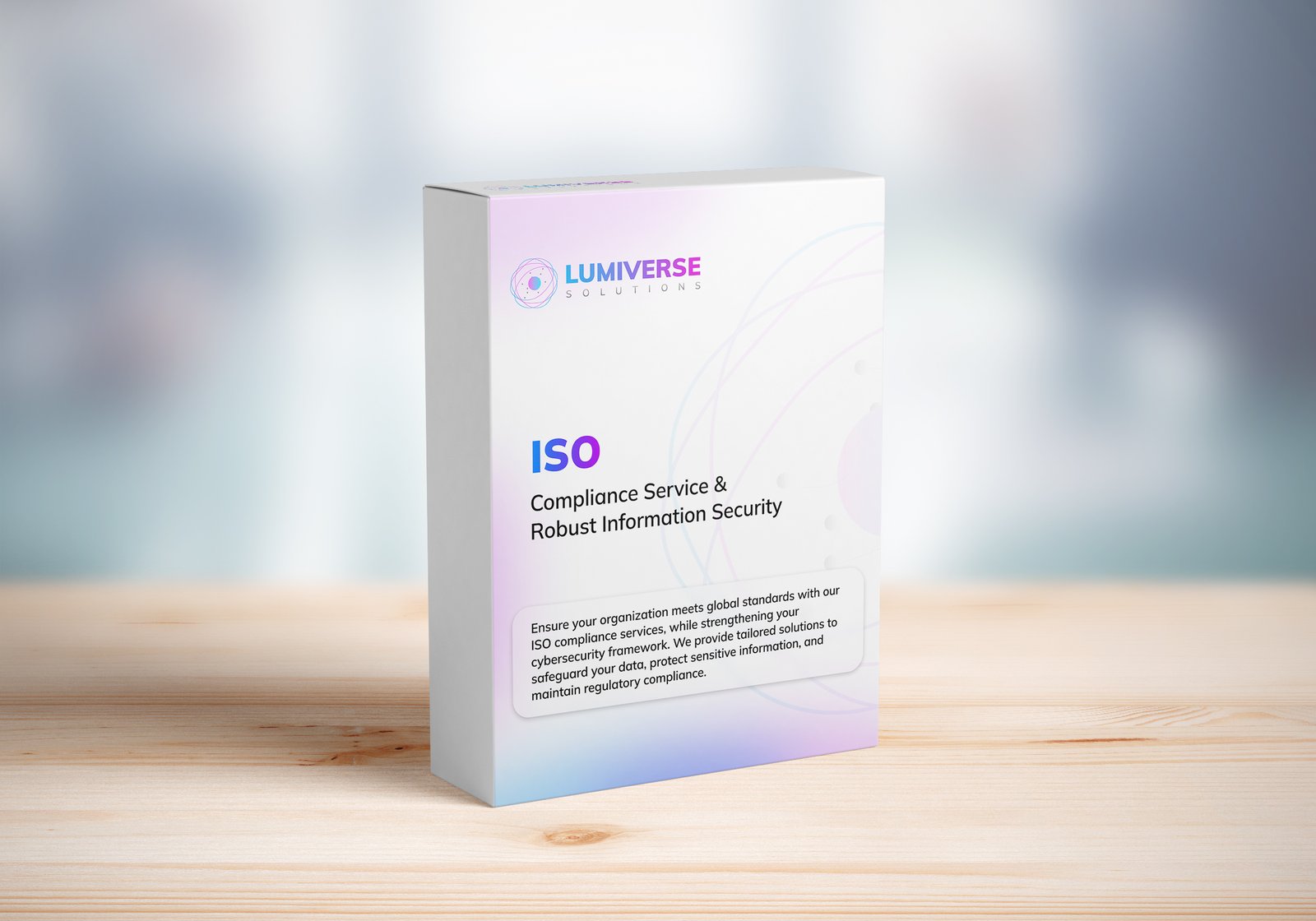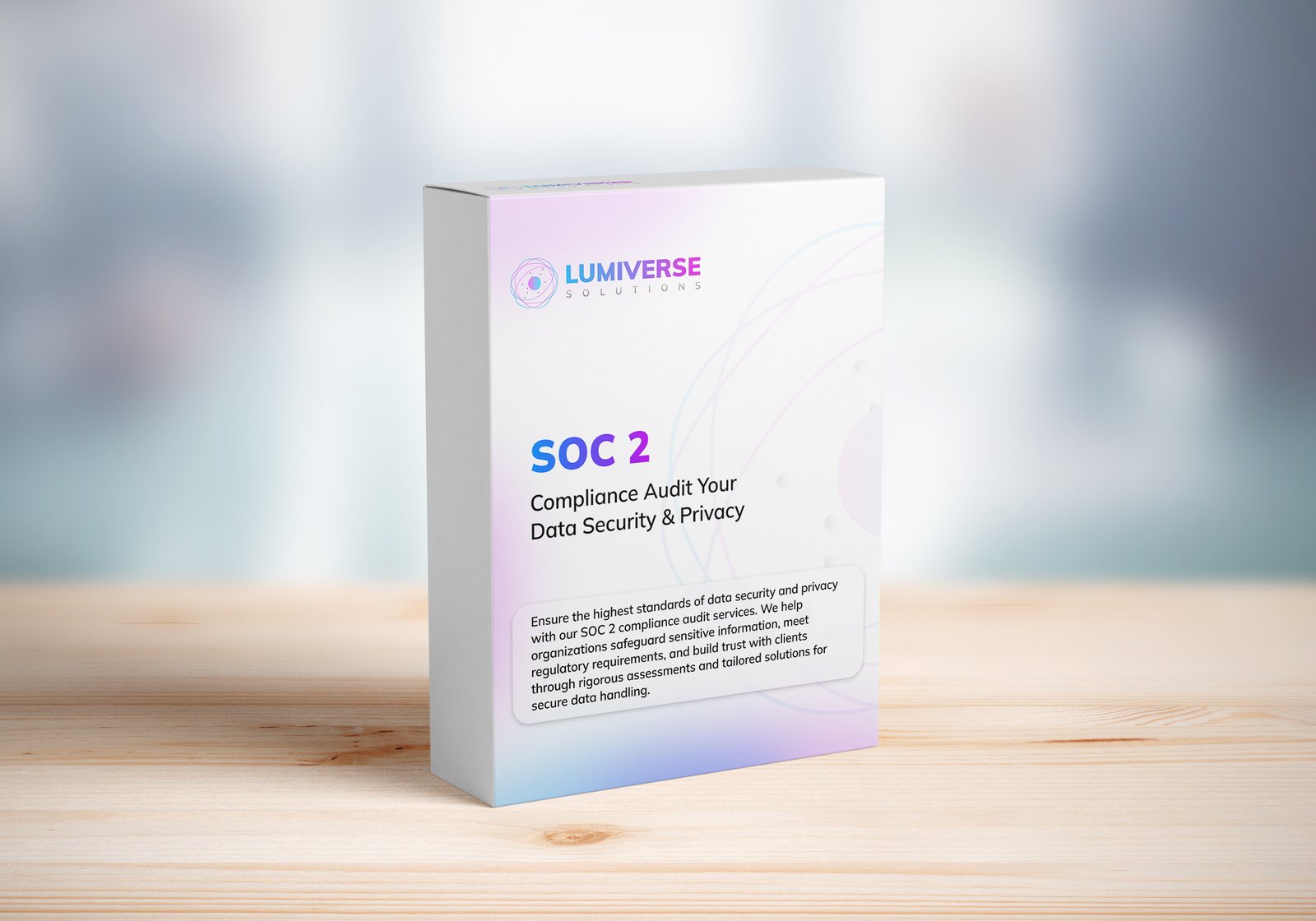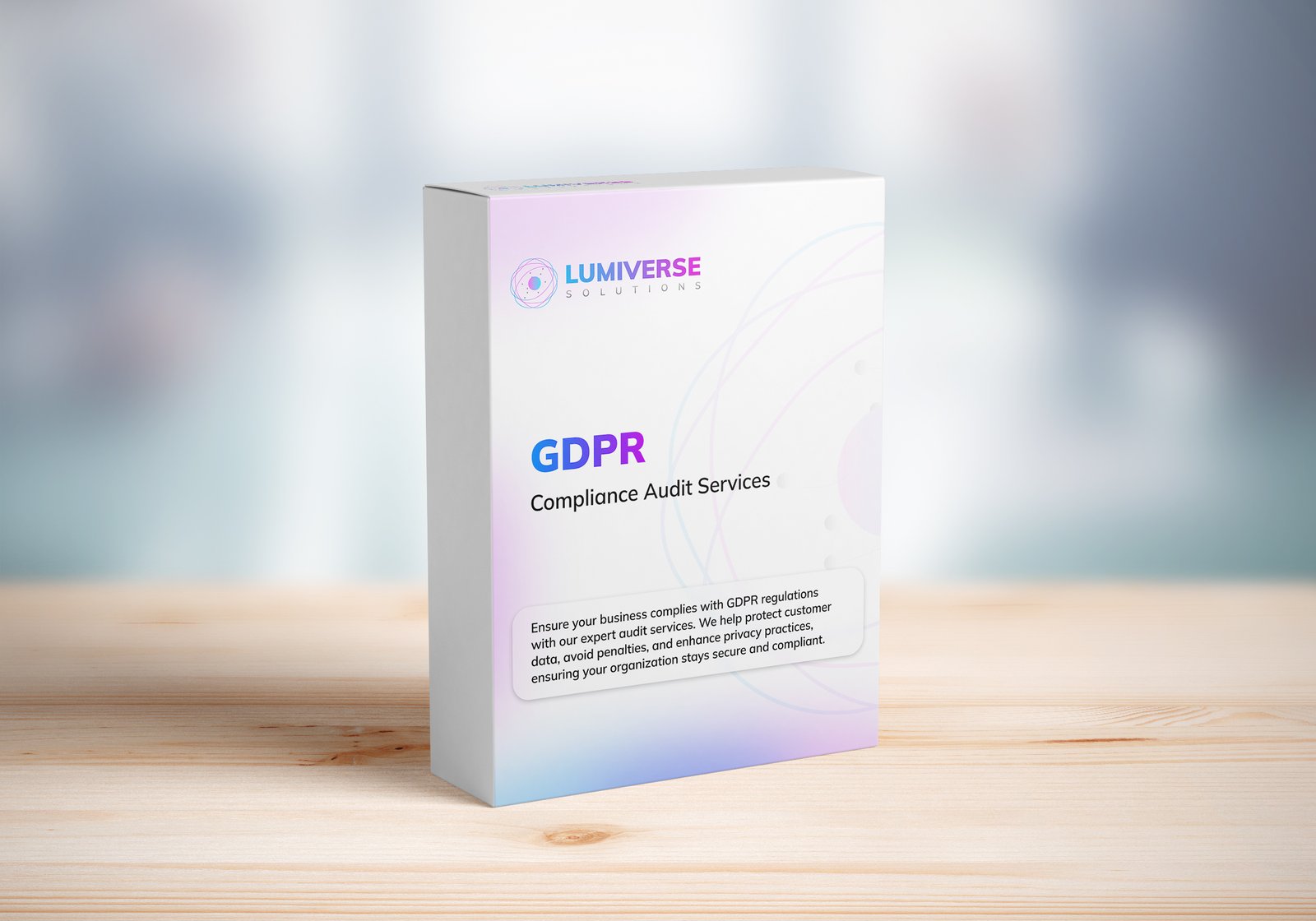New cybersecurity audit & compliance key to effective risk management

INTRODUCTION
With the world in the digital era now, organizations are constantly under attack from cyberattacks. Ranging from data breaches to ransomware attacks, cybersecurity audit & compliance has never been more important than now. Organizations are required to ensure that their IT setup is compliant, secure, and immune to cyberattacks.
Cybersecurity audit & compliance are essential activities in safeguarding confidential information, preventing threats, and ensuring companies’ compliance with industry standards and government regulations. Effective auditing and compliance processes do not exist, businesses incur financial loss, reputation loss, and litigation.
In this in-depth guide, we will cover the significance of cybersecurity audit & compliance, how it boosts risk management, audit best practices, and compliance frameworks businesses need to follow.
What is Cybersecurity Audit & Compliance?
Cybersecurity Audit
A cybersecurity audit is a formal examination of an organization’s IT infrastructure to assess security policies, risk management processes, and compliance with industry standards. The purpose of an audit is to identify vulnerabilities, ensure security controls are applied, and recommend enhancements.
Key elements of a cybersecurity audit:
Risk assessment and vulnerability identification
Security controls and policy assessment
Regulatory compliance
Incident response and recovery planning
Penetration testing and threat analysis.

Cybersecurity Compliance
Compliance with cybersecurity is the adherence to regulatory regulations, industry regulations, and legal regulations for data protection as well as IT infrastructure. Compliance ensures that businesses implement security procedures in accordance with best practices and reduce cyber threats.
Regulations of utmost concern are:
GDPR (General Data Protection Regulation) – Safeguards European citizens’ personal data
HIPAA (Health Insurance Portability and Accountability Act) – Ensures protection of health-related information
PCI DSS (Payment Card Industry Data Security Standard) – Secures payment transactions
ISO 27001 – International standard security management
NIST Cybersecurity Framework – Provides guidelines to make IT systems secure
Why Cybersecurity Audit & Compliance are Significant for Risk Management
Effective cybersecurity audit & compliance enhance risk management in the following ways:
1. Identifying Security Vulnerabilities
Regular audits enable companies to identify and rectify vulnerabilities before they can be targeted by cybercriminals. Cybersecurity audit & compliance reduce security exposures, thereby minimizing the threat of being attacked through phishing, malware, and insider attacks.
2. Regulatory Compliance Ensure
Not obeying cybersecurity directives may lead to legal action, fines, and reputational loss. Organisations must be complaint with regulations like GDPR, HIPAA, and PCI DSS in order to maintain confidential data security and avoid penalties.
3. Strong Data Protection
Increased data breaches oblige organisations to have strong data protection practices in place. Cybersecurity audit & compliance include encryption, access controls, and data security practices in order to prevent illegal use of information.
4. Incident Response & Recovery
Incidents cannot be avoided, but a well-organized company can minimize damages. Regular audits ensure incident response plans are in place, enabling companies to recover quickly from cyber attacks.
5. Customer Trust & Business Reputation
Customers and business partners prefer doing business with companies that spend money on cybersecurity. Cybersecurity audit & compliance indicate the commitment of a company towards protecting customer data, establishing trust and reputation.

6. Reduction of Financial Losses
Cyber attacks can result in significant financial losses in terms of legal fines, business downtime, and loss of reputation. Preventive audits and compliance prevent organizations from costly security breaches.
7. Enhancement of Third-Party Risk Management
Organizations outsource functions to third-party vendors, but such external entities may pose cybersecurity threats. Conducting cybersecurity audit & compliance testing on third-party vendors guarantees that they adhere to security best practices, reducing potential supply-chain threats.
8. Business Continuity Planning Enhancements
Business continuity planning (BCP) is part of a comprehensive cybersecurity audit & compliance plan. Documented backup procedures, disaster recovery procedures, and incident response plans guarantee minimal downtime and increased cyber attack resilience.
Best Practices for Cybersecurity Audit & Compliance
Below are the best practices that should be followed by organizations to ensure effective cybersecurity audit & compliance:
Plan frequent cybersecurity audits to scan for risks and assess exposure to risk. Ensure audits are thorough and encompass network security, access controls, and endpoint protection.
2. Build Strong Access Controls
Restrict access to sensitive data on a role-per-role basis. Implement multi-factor authentication (MFA) and encryption to prevent unauthorized access.
3. Be Compliant with Regulatory Standards
Remain connected with evolving compliance rules and maintain IT infrastructure to conform to the likes of ISO 27001, NIST, and GDPR.
4. Educate Your Employees on Cybersecurity
One of the major causes of a cyber attack is human mistake. Give frequent training in cybersecurity to your staff on how to detect phishing attacks, social engineering, and best security policies.
5. Utilize Power-packed Security Tools
Purchase cybersecurity tools such as intrusion detection systems, firewalls, and security information and event management (SIEM) tools to enhance security.

6. Have a Strong Incident Response Plan
Implement and test an incident response plan to minimize damages in the event of a cyberattack. Ensure rapid detection, containment, and recovery.
7. Monitor and Update Security Policies
Cyber threats evolve daily; organizations must update security policies and implement newer security patches and software updates on a regular basis.
Compliance Frameworks for Cybersecurity
1. NIST Cybersecurity Framework
NIST Cybersecurity Framework provides organizations with guidance on how to effectively manage cybersecurity risks. It provides five core functions:
Identify
Protect
Detect
Respond
Recover
2. ISO 27001
ISO 27001 is an international standard that outlines security controls to protect sensitive information. Organizations that implement ISO 27001 demonstrate their commitment to information security management.
3. PCI DSS
All organizations engaged in payment transaction processing must be PCI DSS compliant to protect the payment card data. Compliance ensures safe payment processing and reduces the risk of fraud.
4. HIPAA
HIPAA compliance for healthcare organizations provides protection for electronic health records (EHRs) and patient data.
5. GDPR
Companies that handle the information of EU citizens must be GDPR compliant, giving data privacy and security.
The Future of Cybersecurity Audit & Compliance
As AI-powered cyber attacks and complex attacks are increasing, cybersecurity audit & compliance in the future will be all about:
AI & Machine Learning Cybersecurity Audits – Scanning security and anomaly detection done automatically.
Zero Trust Security Architectures – Authenticating every access request to prevent insider threats.

Cloud Security Compliance – Forming compliance controls into cloud forms.
Blockchain for Secure Audits – Allowing transparency and integrity of security audits.
Conclusion
Cyber threats are dynamic, and companies need to be ahead of the game with cybersecurity audit & compliance. Regular security audits, compliance framework, and active risk management strategies can substantially improve cybersecurity position.
With adequate cybersecurity audit & compliance, organizations can secure sensitive information, offer regulation compliance, and gain customer trust. Strong cybersecurity focus is not just a regulatory requirement but also a business strategy in today’s digital era.
Disclaimer
The data presented here is offered for common purposes only and isn’t professional cybersecurity, law, or compliance guidance. Although we attempt to keep the information up to date and correct, cybersecurity threats and compliance law are continuously evolving on a daily basis, and new risks can be added. Organisations ought to conduct their own cybersecurity audits, consult experts, and consult official regulatory agency advice prior to security or compliance actions.
Authors and publishers of this publication disclaim any liability for direct, indirect, incidental, or consequential damages resulting from use or reliance on information contained in the publication. Requirements for compliance may vary by industry, geography, and jurisdiction; therefore, businesses need to engage cybersecurity experts, auditors, and attorneys to implement their security plans accordingly.
When you read this blog, you also accept that the implementation of the cybersecurity measures and compliance is on your part in accordance with your organization’s respective needs.
Recent Posts
Categories
- Cyber Security
- Security Operations Center
- Cloud Security
- Case Study
- Technology Trends
Vulnerability Assessment & Penetration Testing (VAPT)
Buy our VAPT services to identify vulnerabilities, simulate real-world attacks, and strengthen your systems against cyber threats effectively.

iso compliance service
Buy our ISO Compliance services to streamline processes, ensure security, meet global standards, and maintain industry certifications with ease.

SOC 2 Compliance Audit
Ensure your business meets security, privacy, and compliance standards with our SOC 2 Compliance Audit services. Protect data, build trust, and stay secure. Buy our services today!

GDPR Compliance Audit Services
Ensure your organization meets GDPR standards with our expert compliance audit services. Protect data, avoid penalties, and enhance privacy practices. Buy our services today to stay secure and compliant!

Subscribe to our Research
Enter your email address to subscribe to Lumiverse Research and receive notifications of new posts by email.
Tell Us Your Opinion
We value your perspective! Share your thoughts, feedback, or questions below. Your opinion matters and helps create a richer, more engaging conversation. Let’s connect and hear what you think about this post!

